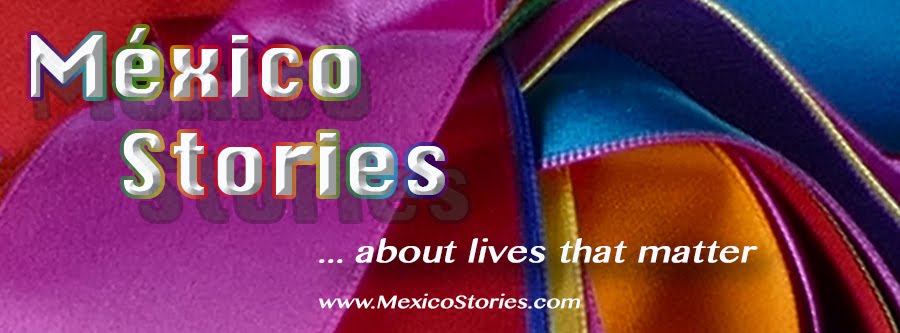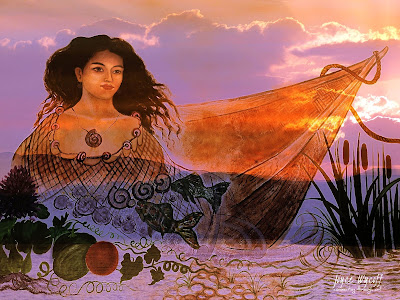 | ||||
| Photo from Los Angeles Times article |
The Wonder Women series was born out of my awe at what immigrant women are doing around Lake Chapala. I kept asking why so many amazing
projects had been started by women coming from other lands. Many answers
surfaced, largely boiling down to … because they want to and they can.
My first interview with Xill Fessenden confirmed that idea, but also opened up a whole new world of Wonder Women … indigenous women defending their homes and families when pushed too far by cartels and corrupt politicians.
My first interview with Xill Fessenden confirmed that idea, but also opened up a whole new world of Wonder Women … indigenous women defending their homes and families when pushed too far by cartels and corrupt politicians.
Cherán is an amazing story born in the fierce history of the Purépecha, once the second largest empire in what is now Mexico and the only group of indigenous peoples never conquered by the Aztecs. They are still determinedly independent and committed to retaining their way of life. These are forest people living in the mountains of Michoacán, harvesting pine resin and converting it in their communal factory into an industrial product used in everything from chewing gum to prescription drugs, as well as paint varnish and cosmetics.
The resin can be harvested without cutting down the pine trees, thus creating a sacred environment and sustainable income for the Cherán community. At least it did until 2008, when the cartels moved in and began clear cutting the forest. Bandits with machine guns patrolled the forest while loggers drove huge trucks through the town and the local police and government officials would do nothing. If the villagers tried to stop the loggers, they faced threats, beatings and even death.
The village was dealing with one of the most violent drug cartels, La Familia Michoacana, which claimed a divine right to murder its enemies and once tossed five severed heads onto a dance floor to prove its point. The villagers could do nothing against the cartel as they watched their ancestral forests being destroyed and the men of the town leaving for work in the United States.
Until one April day in 2011, that is, when five elderly Purépecha women, said, “Enough!” Their families, villages, sacred forest, and now their water supply were all being destroyed. It was time to act.
In a documentary titled “Cherán: tierra para soñar” (Land of our dreams), one of the women who took part describes the events of that fateful day:
“When we set out it was dawn and still dark, around 6:30 in the morning. The church bells were ringing calling people to mass […] I never really thought this would go far […] We were just five women from here, from this neighbourhood, a bunch of older women, there were no men, maybe a few men but mostly women […] We chased after the cars throwing stones, one woman even got hit and scraped all the skin off her knee when a car backed into her…”
An article in the Los Angeles Times reports, "Few had firearms, so they brought picks, shovels and rocks. Then they struck, seizing the first timber truck of the day, dragging its two crew members from the cab and taking them hostage. Lacking rope, they tied up their prisoners with rebozos, or shawls.”
That day led the village of about 18,000 people to revolt and invoke a Mexican law giving indigenous people the right to self-government.They threw out the political parties, the police and all the politicians and set up their own self-governing processes, including armed guards at all the access points to the village and the forest.
When the cartel came after them, the villagers blocked all the entry points, building bonfires as they stood guard and fought back for almost a year. The cartel tried to wait them out but the village was determined, and, in the end, they won. In 2014, the law of self-governance was upheld by the Mexican Supreme Court.
For the past seven years, they have had literally no violent crime and have peacefully governed themselves. Today they have a massive pine forest nursery of over a million seedlings and are working to reforest their mountains and build up their pine resin factory.
Update: January, 2018
Cherán activist Guadalupe Campanur, 32, was found strangled on the side of a highway. The Attorney General of the State of Michoacán has announced that a investigation is in process in coordination with the Federal Mechanism for the Protection of Journalists and Human Rights Defenders through the Secretariat of State Government.
More Information:
http://latinousa.org/2018/01/19/the-ballad-of-cheran/ … Jesse Alejandro Cottrell for NPR audio tape tells the story















